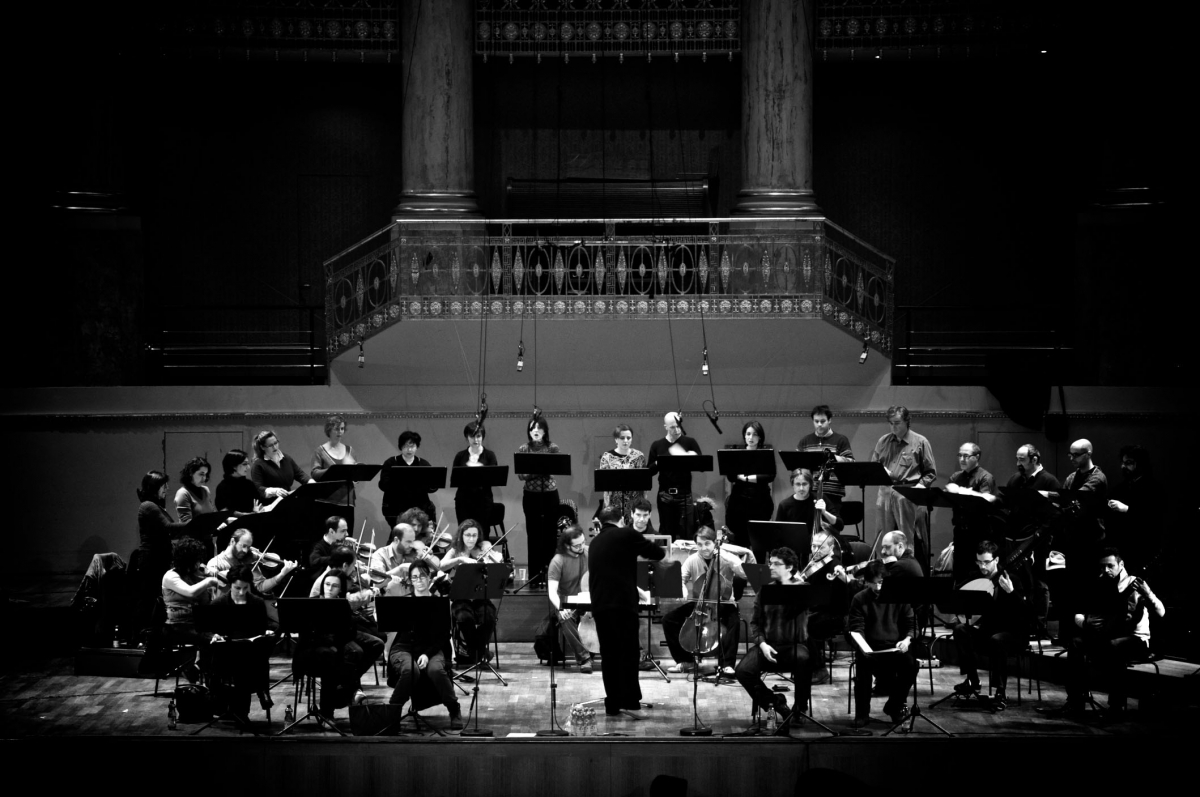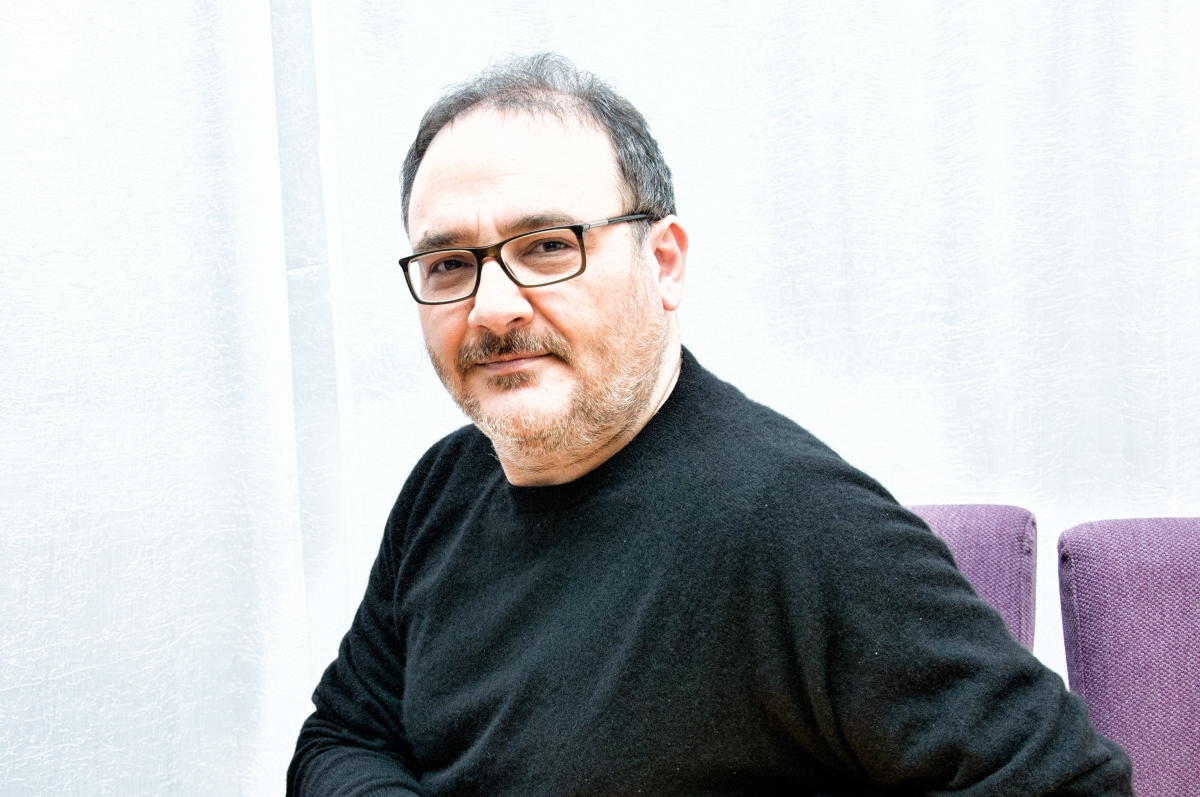Concerto Italiano has an impressive reputation for their acclaimed performances of the works of Claudio Monteverdi. Last year, audiences in Melbourne and Sydney were buoyed by their performance of Monteverdi’s Vespers. Thus, I expected a high level of musicianship, diction and attention to the finer aspects of Baroque performance practice and aesthetics – and I was not disappointed.
 Concerto Italiano. Photos © Hanwa Group
Concerto Italiano. Photos © Hanwa Group
For many years, Concerto Italiano has been performing and celebrating Monteverdi’s important contribution to the evolution of opera – L’Orfeo. A work with minimal scene changes and free from staging requirements, it was well-suited to Concerto Italiano’s concert presentation. However, without either a synopsis or a translation of the text available at this Adelaide Festival performance, many in the audience seemed only able to gain a limited understanding of the work and its meaning from the singers’ well-developed body language and movement.
L’Orfeo begins with a virtuosic and elaborate orchestral toccata. From the opening bars, it was immediately obvious that Concerto Italiano is a very talented period instrument ensemble. Intelligence and maturity shone in the preciseness of their playing, thier ability to create such soft dynamics, and in their phrasing and sound-blending.
 Rinaldo Alessandrini
Rinaldo Alessandrini
La Musica arrives to make a speech introducing the characters and the wonders and delights of music. Playing both La Musica and Euridice, soprano Anna Simboli delivered baroque singing of the highest order, demonstrating an excellent command of complex ornamentation, impeccable diction and an understanding of how to vary and colour text to maximise its rhetoric impact. Simboli also has a strong stage presence and a well-developed ability to use her face and upper-body to communicate the emotions she’s bringing to life.
Throughout the opera, there are many recitatives, in which all of Concerto Italiano’s singers clearly, precisely and with great drama declaimed the opera’s text. The imaginative, colourful and complementary continuo accompaniment from the huge continuo section of two theorbo, two harpsichord, an organ, a regal, a harp and cello was also a delight. That they achieved such refined continuo accompaniment demonstrates their significant creative and listening ability as musicians, their understanding of the text, and the ability to work well and respectfully as a unified team.
On a number of occasions, there are choruses sung by the nymphs and shepherds, consisting of an ensemble of seven singers. Through Rinaldo Alessandrini’s fine selection of singers, he has created an ensemble in which all the voices blended beautifully and where all knew how to work together and spark off each other, clearly communicating the music’s spirit in their faces and broader body language.
In the huge role of Orfeo, Alessandrini cast tenor, Valerio Contaldo. From the moment he appeared on stage, he captured the character through his singing and stage presence. Contaldo, like his colleagues, is a profound and intelligent singer, who demonstrated great vocal mastery and the ability to clearly and imaginatively communicate the deep emotions and frustrations of trying to bring his dead bride, Euridice, back to the living world.
The opera closed with an exuberant Moresca (a pantomime dance) in which one immediately witnessed the Concerto Italiano musicians’ obvious joy, enthusiasm and pleasure in performing Monteverdi’s inventive and stately music.
Experiencing impassioned musicianship with virtuosity and appreciation for the genre is a real privilege for a mutually minded audience member. While for many, the night was marred by the lack of information about the opera’s text, one hopes that the audience enjoyed being transported to Northern Italy with this high calibre and impressive musical experience.











Comments
Log in to join the conversation.